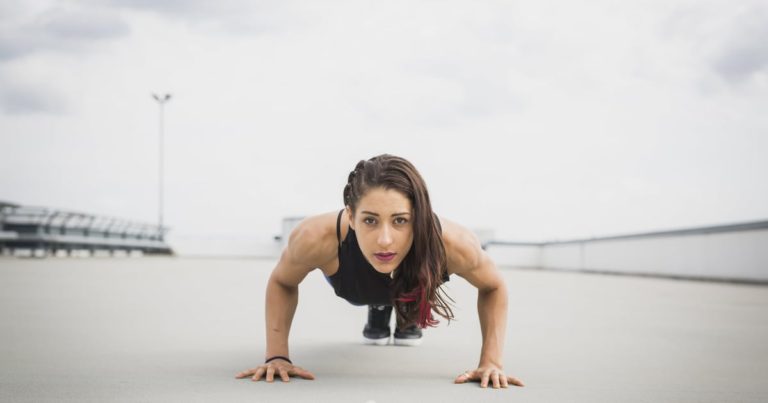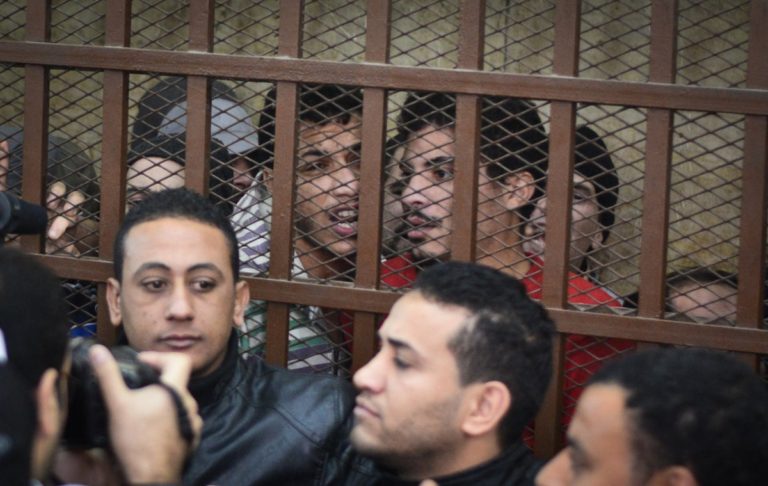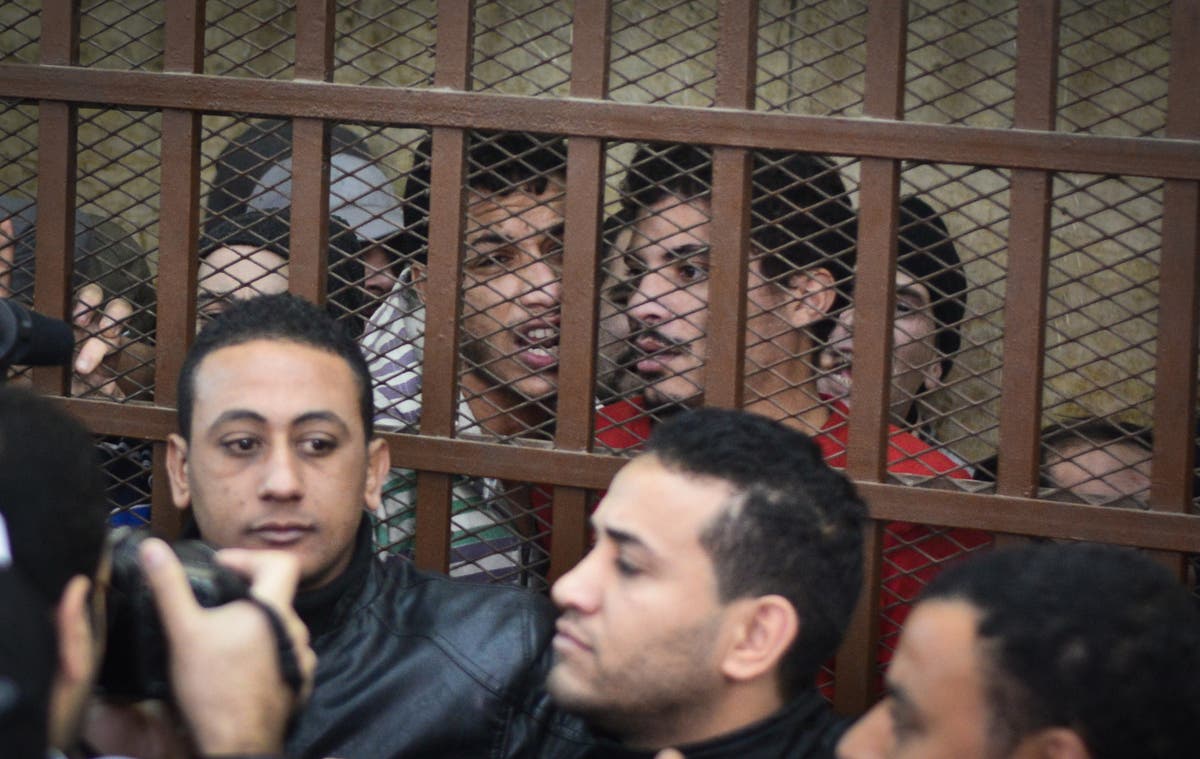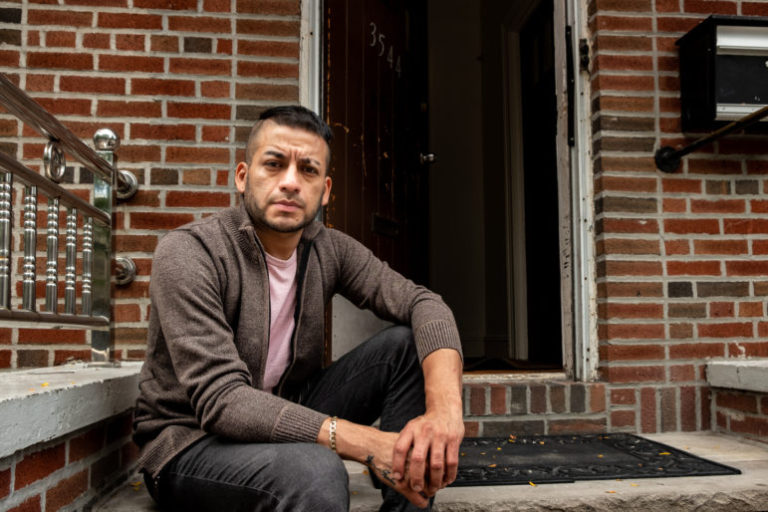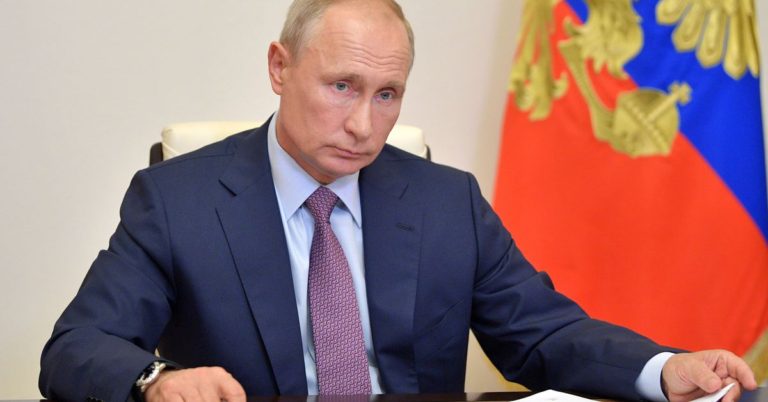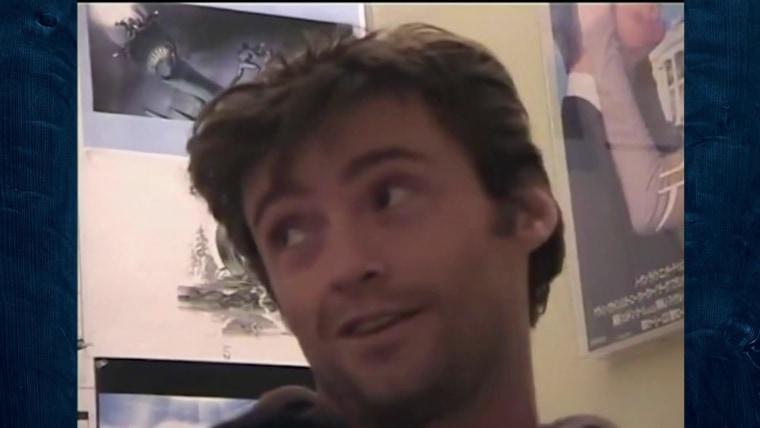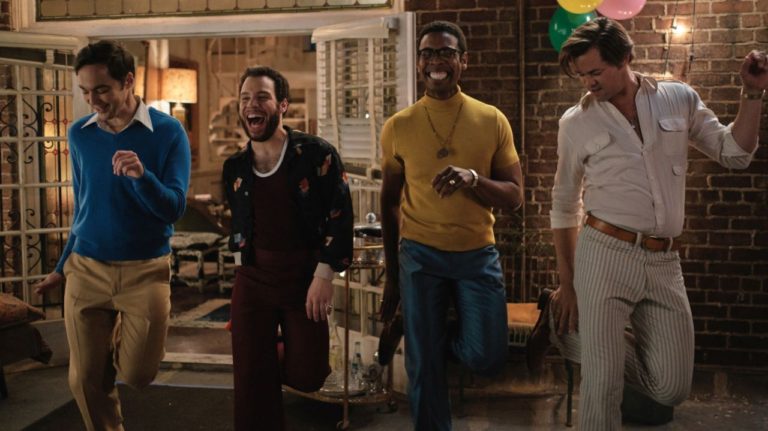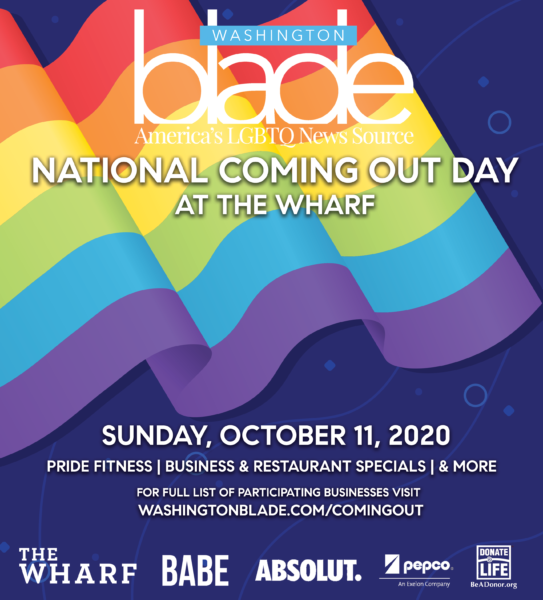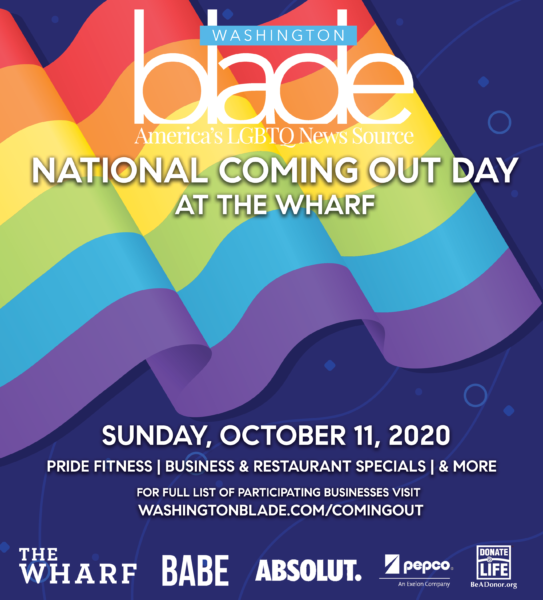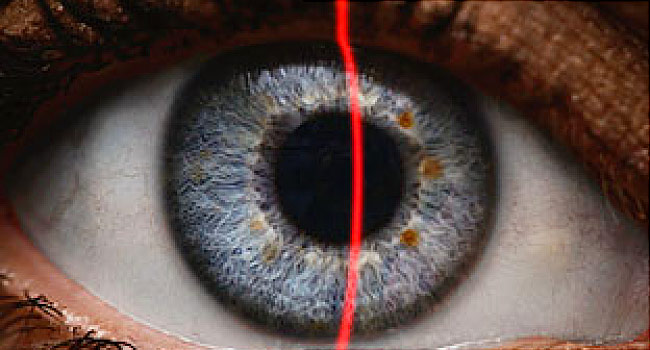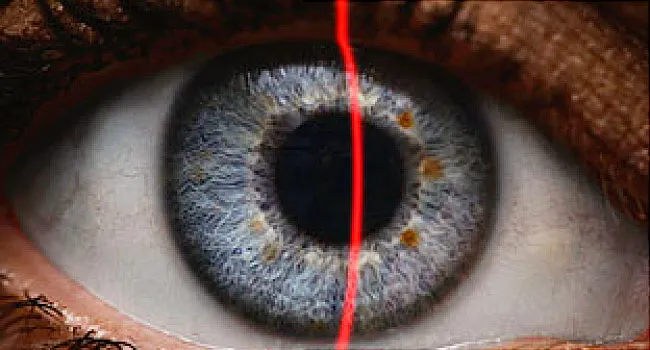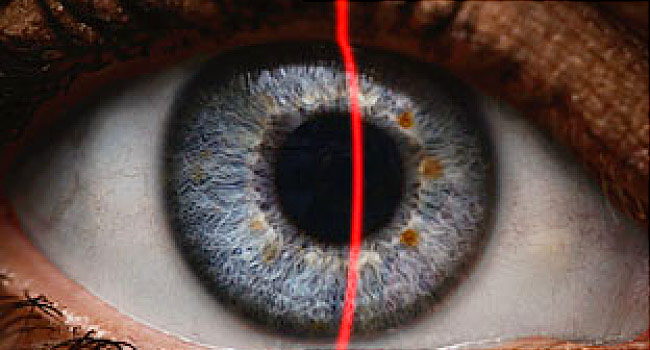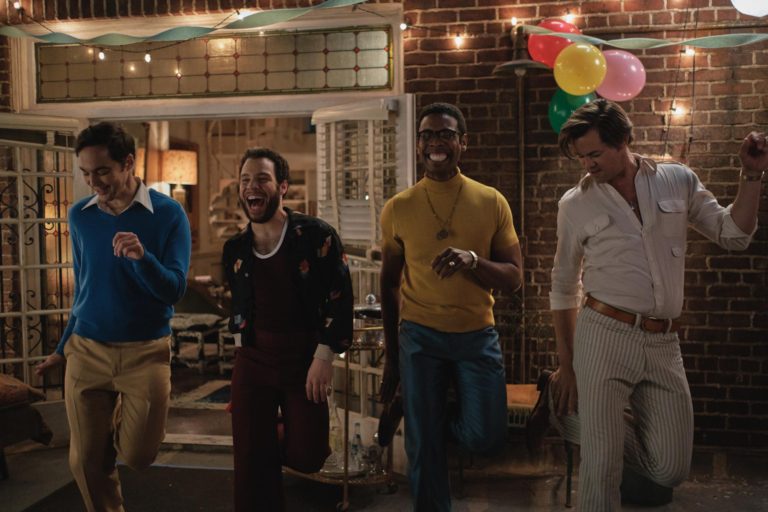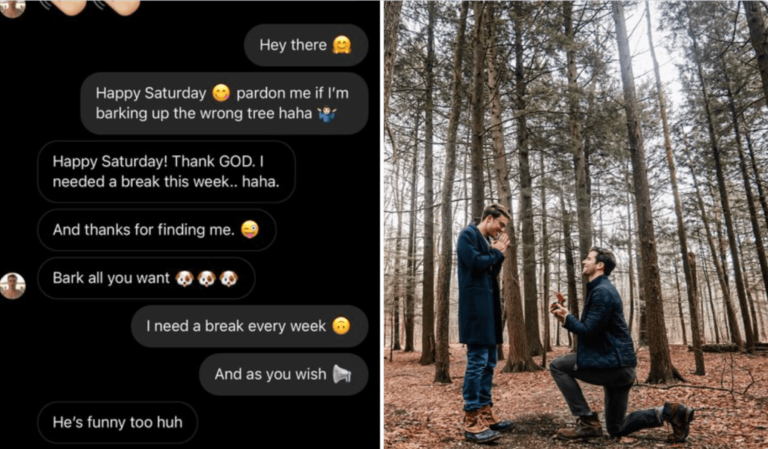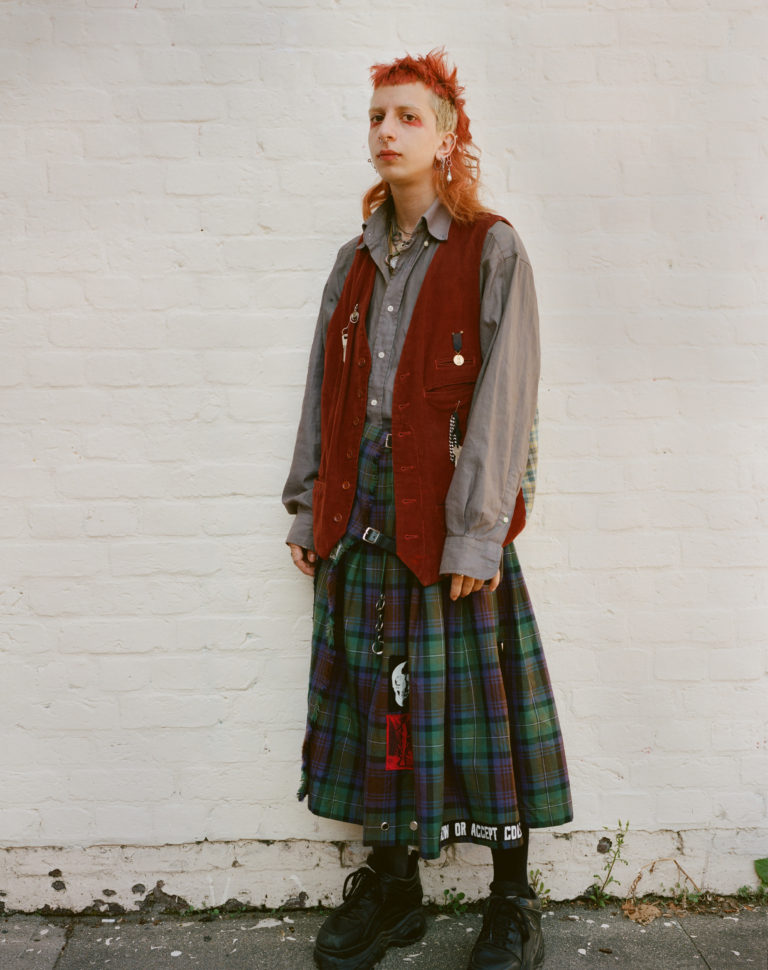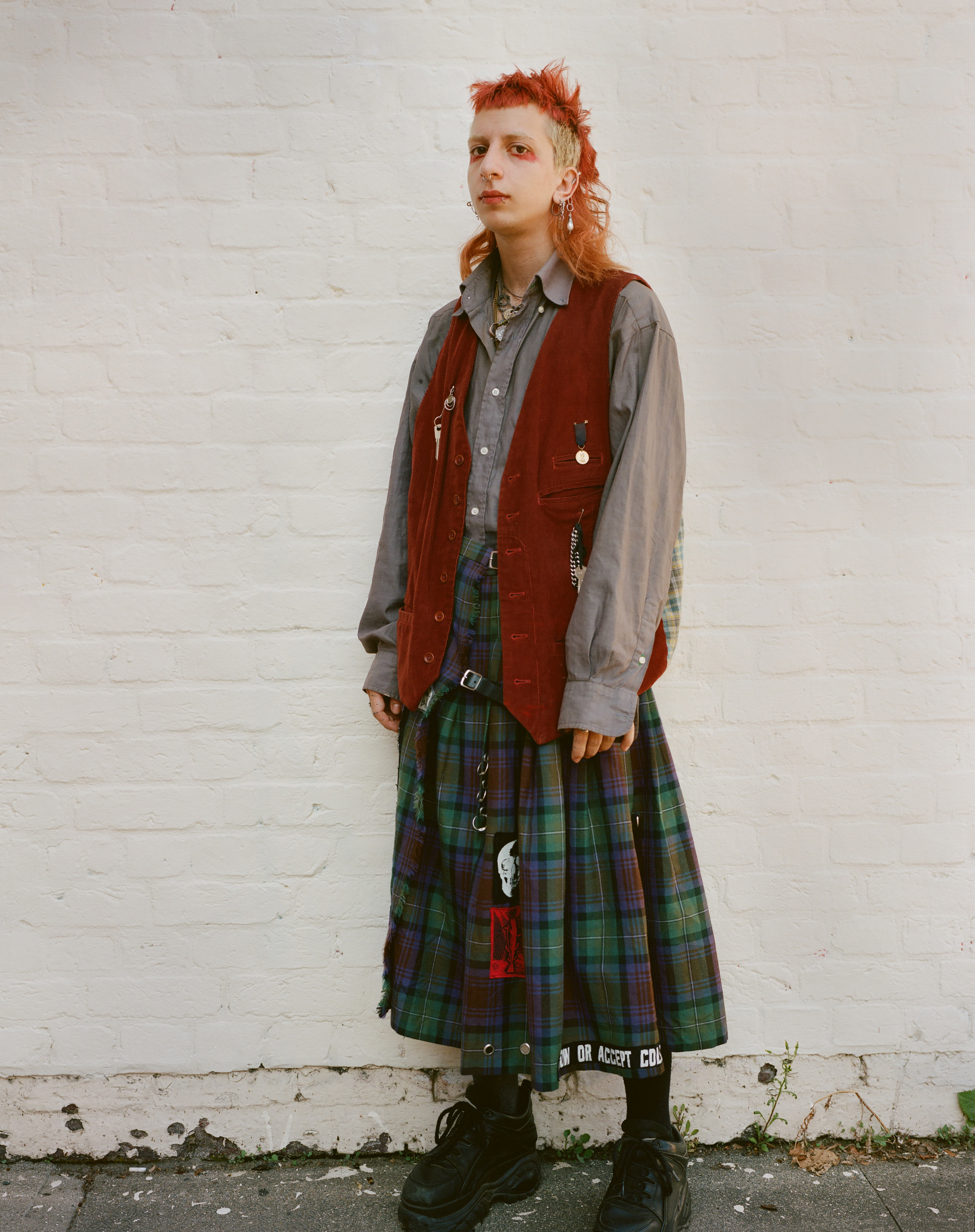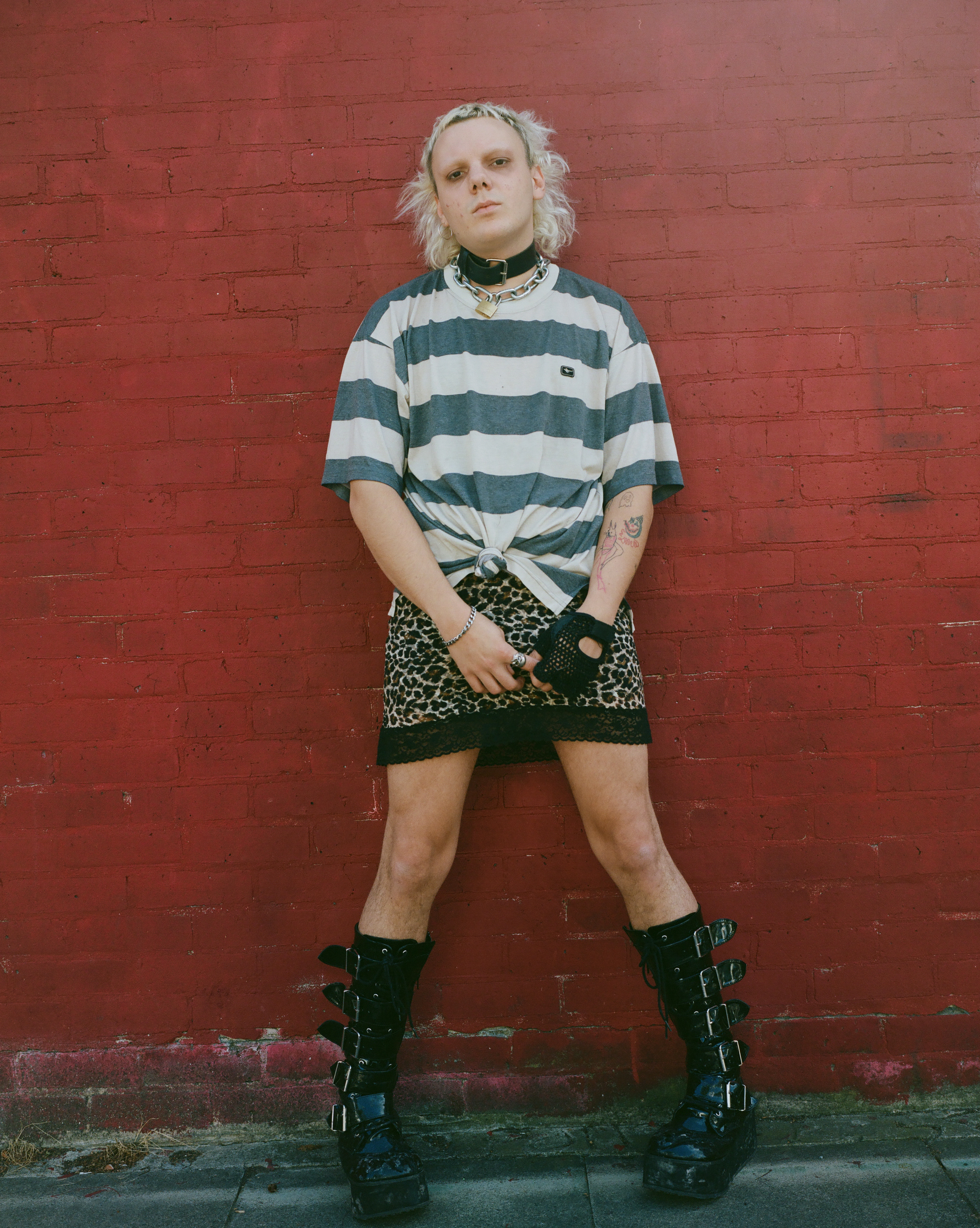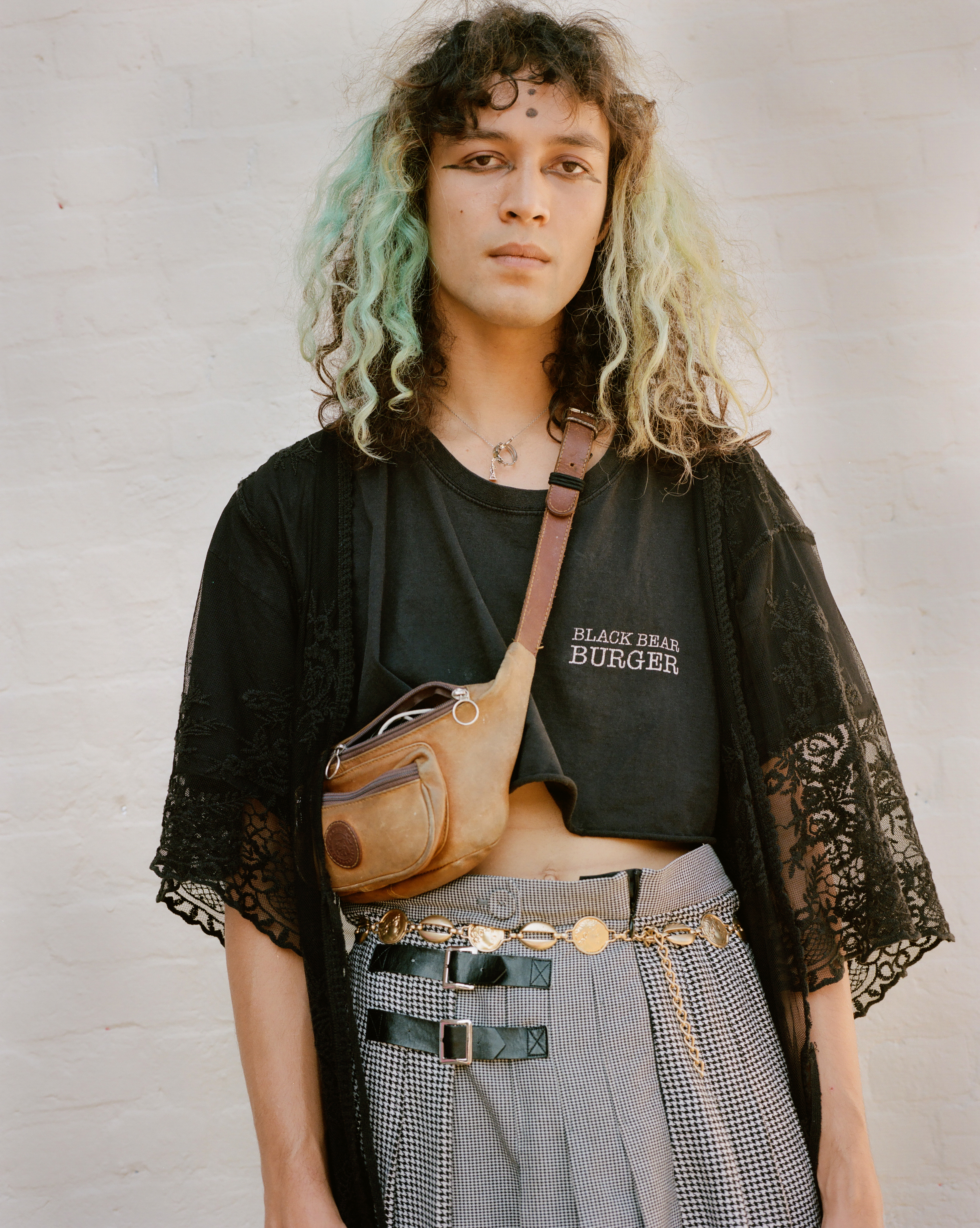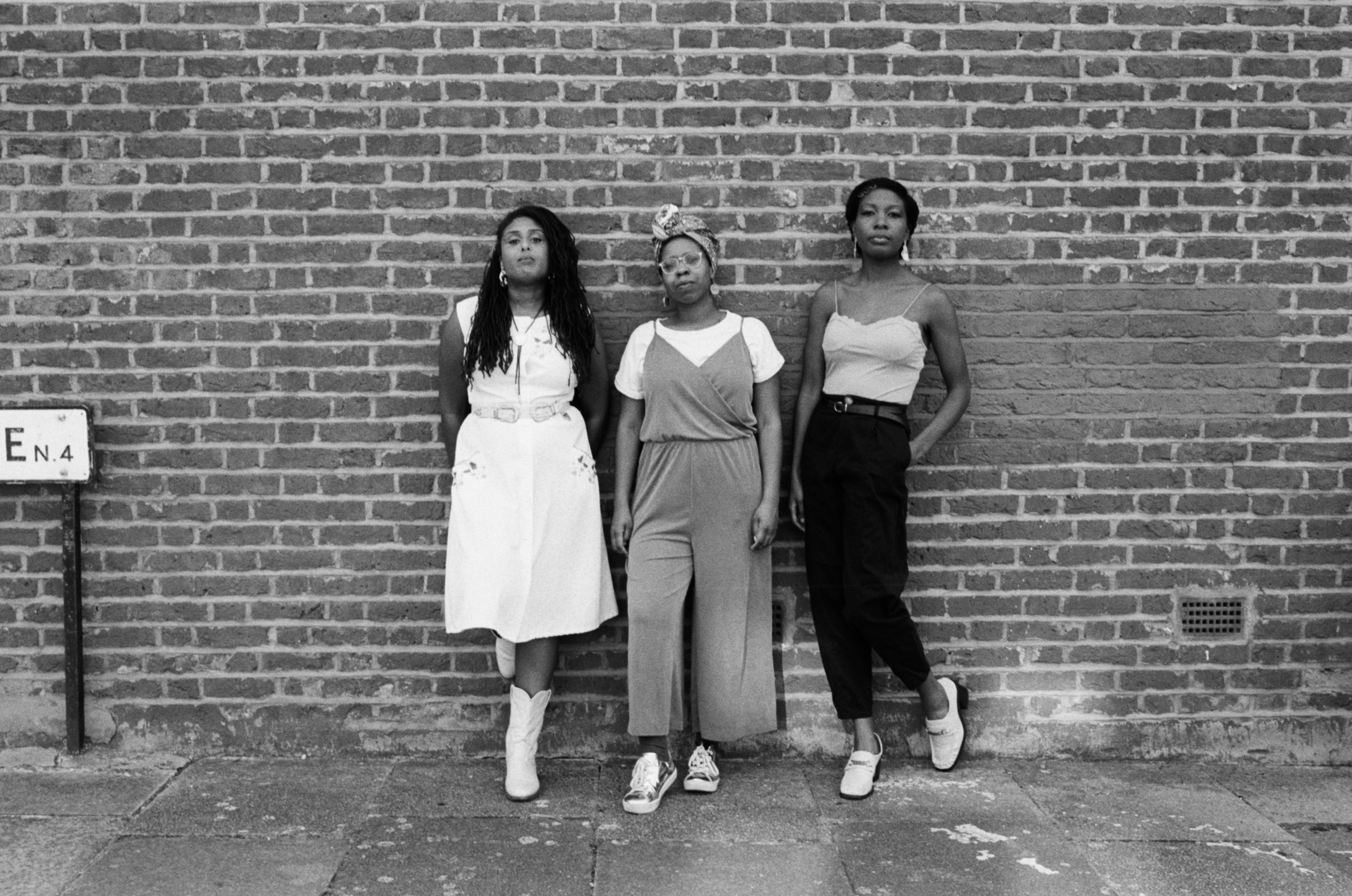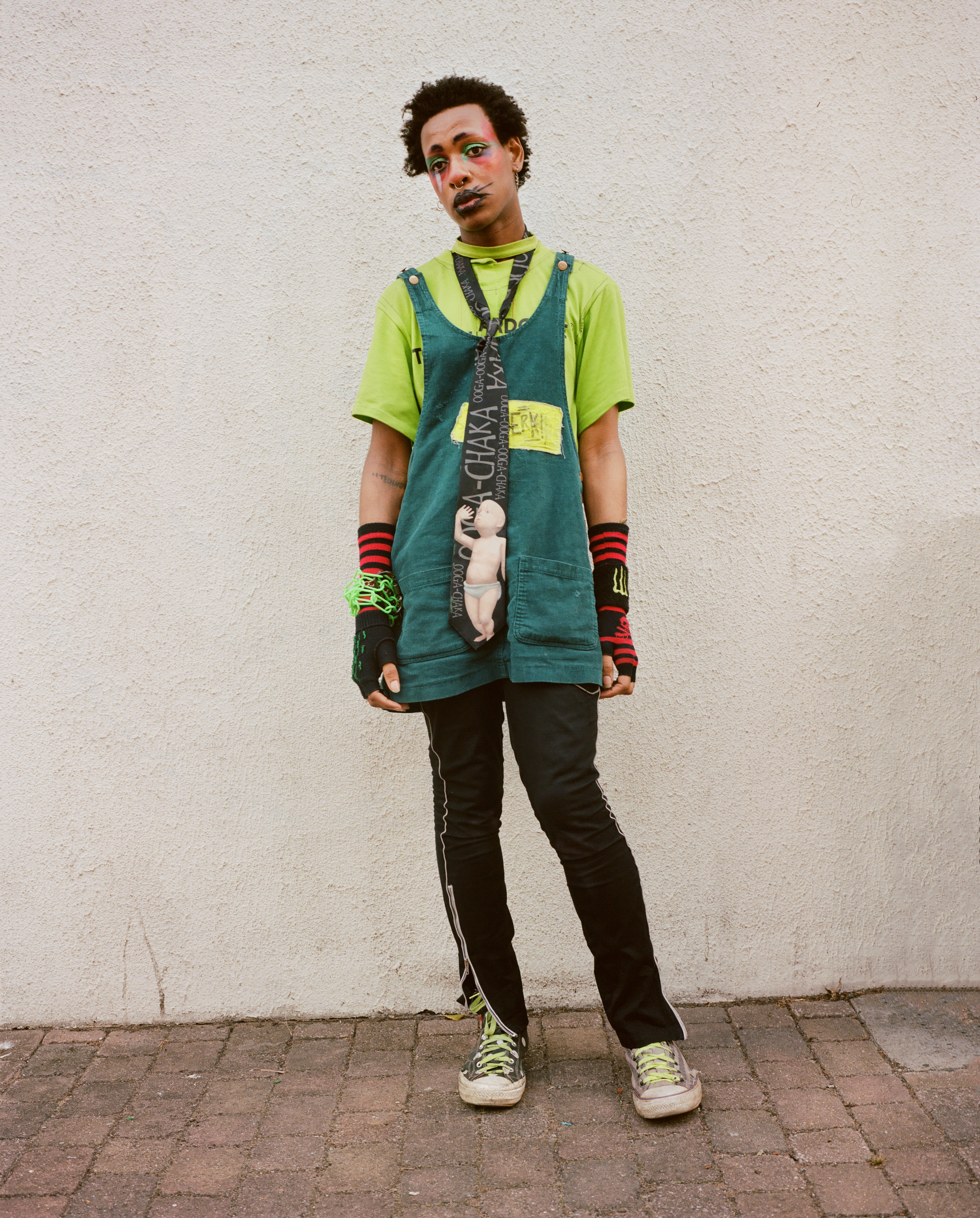Check out our list of websites, podcasts and other digital destinations around the world which provide sports news and content with an LGBT+ emphasis, and the editors, journalists, reporters and broadcasters telling the stories…
Follow the links on the icons and headers to access the websites or pages. Please get in touch with us at info@sportsmedialgbt.com to submit your site, pod, Twitter handle, etc for consideration for this page.

Outsports
Unrivalled in the breadth and depth of its coverage, Outsports has been providing sports news and opinion with a focus on lesbian, gay, bisexual and transgender athletes and personalities for nearly two decades. Many have chosen to share their personal stories with managers / editors Cyd Zeigler and Jim Buzinski over the years, from US high-school students right through to elite-level professional stars. In February 2019, Dawn Ennis joined the team as managing editor, with Alex Reimer on board as her deputy since early 2020. They also operate a portfolio of podcasts related to LGBT+ sport, including Dawn’s ‘The Trans Sporter Room’, Cyd’s ‘Five Rings To Rule Them All’, and Alex’s ‘The Sports Kiki’.
Twitter: @outsports / Facebook: @OutsportsSBN / Instagram: @outsports

Sky Sports
Sky Sports is the biggest commercial digital sports network in Europe, and one of the members of TeamPride, a coalition of businesses and brands that supports UK charity Stonewall’s Rainbow Laces campaign for LGBT inclusion in sport. Head over to skysports.com/rainbowlaces to find related content, including news, features, short films and more. Sky Sports’ Senior Home Page Editor Jon Holmes (@jonboy79 on Twitter) is also the network lead of Sports Media LGBT+. You can get in touch with him at jon@sportsmedialgbt.com.
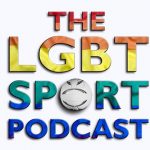
The LGBT Sport Podcast (BBC Radio / BBC Sounds)
Launched in September 2018 by Jack Murley following the success of his ‘The Other Side’ digital radio show, ‘The LGBT Sport Podcast’ is an interview podcast from the BBC. Jack, who hosts the pod and asks the questions, is a BBC Radio Cornwall presenter and commentator. The pod – nominated for a 2019 British Podcast Award, and a 2020 Sports Journalism Award – now has over 100 episodes in its back catalogue, and a long list of star names as guests. Follow Jack on Twitter at @jack_murley and check out our #21QuestionsWith Q&A with him too.

Football v Homophobia Podcast
The FvH Podcast began life in January 2020 and is now into double figures for episodes. Hosted by Beatrice Thirkettle and Angharad Englefield, the pod features great conversations which go in depth into both the campaign and related issues on inclusion in the beautiful game. Guests have included Natalie Washington, the Campaign Lead on Football vs Homophobia; Anwar Uddin from Fans for Diversity; England international Anita Asante; and members of the FvH Youth Panel. Follow the latter on Twitter at @FvHyouth, and the main campaign account is at @FvHtweets.
Listen on iTunes

Pride of the Terraces
Launched in September 2019 by Sports Media LGBT+ core network member Andrew Henderson, Pride of the Terraces features long-form interviews and features about being LGBT+ in sport, often with a focus on Scotland. Andrew, whose day job is with Highland News and Media north of the border, has spoken to boxer Kristen Fraser, ice hockey player Zach Sullivan, Glasgow City co-founder Laura Montgomery, and many more. Follow on Twitter at @PrideofTerraces and @ahenderson96.
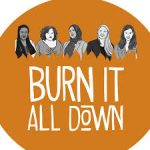
Burn It All Down
The hugely popular feminist sports podcast is fast approaching 200 episodes and often touches upon LGBTQ+ themes, amid a myriad of fascinating conversations. Every Tuesday, co-hosts Shireen Ahmed, Lindsay Gibbs, Brenda Elsey, Amira Rose Davis, and Jessica Luther discuss a central topic as well as the latest happenings across sport, and there’s now an accompanying weekly interview too, released on Thursdays. Follow on Twitter at @BurnItDownPod, and for both Instagram and Facebook, it’s @BurnItAllDownPod.
Listen on iTunes
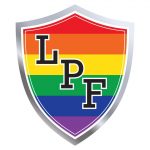 Level Playing Field Podcast (Outsports)
Level Playing Field Podcast (Outsports)
Creator and host Randy Boose writes: “This podcast is all about bringing the stories of LGBTQ+ athletes and sports media personalities to the world, told through their own voice. My hope is to take away the stigma and negativity on the field of play and show these people are equal with the athletes around them.” Guests included the San Diego Loyal footballer Collin Martin, former NFL player Ryan O’Callaghan, and cyclist Rachel McKinnon. The last episode was in September 2020, but there’s loads to discover in the back catalogue.
Listen on iTunes / Listen on Libsyn.com
Additional editorial on Sports Media LGBT+ – click here for content
Twitter: @LPFPod / Facebook page / Instagram: @LPFpod

A Breath Of Fresh Tea
Featuring three players from Stonewall FC and a Gay Games tennis champion, ‘A Breath Of Fresh Tea’ has more than a fondness for chat about LGBT+-inclusive sport but offers plenty of other talking points too. Launched in April 2020, the podcast explores various aspects of LGBT+ life from the perspective of its collective voices. Read more about the pod in our intro article, this deep dive into experiences in sport, and the boys’ thoughts on coming out in the workplace, featuring Jon from our network as guest. Season 2 is due to begin in autumn 2020.
Listen on iTunes / Listen on Spotify
Twitter: @freshteahun / Instagram: @freshteahun

The Outfield Podcast
Hosted by sports broadcaster and journalist Matt Lichtenstadter, ‘The Outfield Podcast’ features in-depth conversations between Matt and an invited guest from the LGBTQ sports community. Previous guests include Rory Molleda of D.C. United, footballer Andy Brennan, and Manchester Storm ice hockey player Zach Sullivan.
Listen on iTunes / Listen on Soundcloud
Twitter: @TheOutfieldPod
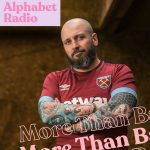
More Than Balls
A digital radio show that takes a deep dive into queer representation in sports, ‘More Than Balls’ is fronted by Jim Dolan, the co-founder of West Ham’s LGBTQ+ supporters group, Pride of Irons. The show has been airing on Alphabet Radio, which takes over Soho Radio’s culture channel every Wednesday.
Previous episodes (listen via Mixcloud):
September 23 | September 9 | August 19 | August 12 | July 8 | June 10 | May 13 |
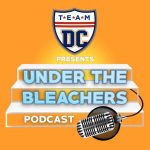
Under The Bleachers
From Team DC – an LGBT sports charity in Washington, D.C. – comes ‘Under The Bleachers’, a podcast launched in June 2020. As co-host Gabe Hernandez tells us: “Each week, we take on a queer topic, a sports topic, a queer sports topic, and follow up with a LGBTQ+ sports-related interview.” Episodes so far have covered baseball, snowboarding, the NWSL, trans inclusion in rugby, and much more.
Listen on iTunes
Twitter: @TeamDCSports / Facebook page / Insta: @TeamDCSports

SportTokz
SportTokz with SportProfz is co-hosted by Ryerson University’s RTA School of Media professors, Prof Walz (Laurel Walzak), Prof Joe (Joe Recupero) and Dan ‘The Coach’ Berlin. The show is produced LIVE via Zoom conferencing call from Toronto, Canada, every Monday night at 8pm EDT. For one hour, the team interviews or chats with sport professionals and fellow profs about their careers and insight on recent sports news, academic research, and advice for students pursuing the business, often touching on LGBTQ+ themes.
Podcast | YouTube | Instagram | Twitter
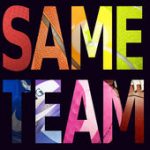 Same Team
Same Team
‘Same Team’ was a podcast hosted by Daniel Trainor featuring influential LGBTQ athletes, journalists and personalities discussing the complexities of their respective journeys and the importance of their missions. Past guests have included soccer player Matt Pacifici, golfer Tadd Fujikawa, basketball player Haley Videckis, strongman Rob Kearney, trans hockey player Jessica Platt and broadcaster Nick McCarvel. Follow Daniel on Twitter at @dantrainor1 and read our #21QuestionsWith Q&A with him. The podcast was also available via Soundcloud. Dan isn’t dropping new episodes at the moment, but the archive is well worth checking out.

The Gay Footballer’s Podcast
Host Adam McCabe writes: “The Gay Footballer’s Podcast is a podcast with the goal to spread the awareness of LGBTQ and ally representation in sports. With the main focus being on football, but also exploring other sports and personalities, each episode will consist of a 30 to 45-minute interview with an individual making an impact in their sporting discipline. Whether a current or former athlete, a member of an organisation’s front office, or even a sports journalist, each interview will help uncover the challenges, opportunities, and success LGBTQ individuals and allies face in their discipline within sport.” Guests included Sports Media LGBT+ founder Jon Holmes, football referee Ryan Atkin, Rory Molleda of D.C. United, and Patrick Aviles of Los Angeles FC. The podcast has been on hiatus since February 2020.
Listen on iTunes
Twitter: @tgfpod / Facebook page: @tgfootballerspodcast / Instagram: @tgfootballerspodcast

Balls: The Podcast
‘Balls’, hosted by Connor Moseley and Mason Jordan, was a podcast about all things LGBT+ within football – the last episode was recorded in July 2019. The aim is to make football more inclusive for all, including LGBT+ fans and players alike; something which can often be a difficult topic of discussion. They’ve spoken to England fans group Three Lions Pride and Soho FC’s Andy Ward on previous episodes. Recent offerings include a special for BBC The Social, and an interview with Matt Morton. Follow on Twitter at @BallsThePodcast.

Star Observer
The Star Observer is Australia’s largest and longest-running LGBTI media outlet, in print and online. They publish a national monthly magazine and update their website with news and features daily, including LGBTI sports content. Follow the publication at @star_observer.
More links…
Compete Magazine is a US-based print and digital publication covering LGBTQ+ sports, with an emphasis on health and fitness. Follow on Twitter at @competesports, and like their Facebook page.
Sydney-based Danielle Warby‘s website at daniellewarby.com is devoted to both women in sport and LGBT inclusion. Sign up for her superb weekly digest emails!
WiSP Sports is the world’s largest digital network for podcasts and content on women’s sports. Founded in 2015 by Chris Stafford, the platform brings together journalists, broadcasters and athletes in wide-ranging conversations; with a commitment to diversity and equality, LGBT+ inclusion is often a talking point. Follow on Twitter at @WiSPsports.
All Heels On Deck – A feminist writing platform prioritising underrepresented voices in baseball: women, POC, & LGBTQ. Pay in $ not exposure. All inclusive. Follow on Twitter at @allheelsondeck, and founder editor Jessica Quiroli (@heelsonthefield).
The Guardian‘s ‘LGBT rights’ topic page often carries links to sports-related content on the platform.
Out.com has a page dedicated to gay athletes, while LGBT website Advocate.com has its own sports page, as does PinkNews. Gay Star News occasionally posts sports news stories and features.
The Huffington Post has an LGBT sports topic on its website, with Outsports editor Cyd Zeigler among its contributors.
The US media organisation GLAAD, which campaigns for better LGBT+ representation, has a sports page.
Latitud Gay is an LGBT radio show broadcast from Buenos Aires in Argentina every Saturday (9pm to 11pm), covering various topics, including sports and LGBT athletes. Hosted by Arturo Lodetti. Follow on Twitter at @LatitudGay.
More journalists to follow…
Katie Barnes – sports and culture writer at ESPNW. On Twitter at @katie_barnes3.
Katelyn Best – soccer writer at Equalizer Soccer and contributing editor Stumptown Footy, SB Nation’s Portland Timbers and Portland Thorns blog. On Twitter at @BestKabest.
Nick Heath – rugby union writer, broadcaster and producer. Nick is on Twitter at @nickheathsport and has a Facebook page too. He’s also one of the hosts of the annual RVT Sports Day in south London.
Gareth Johnson – journalist and writer. Specialist in LGBT content. Editor at Means Happy, which often features sports content, and at Mainly Male, a blog for gay men with its own sports section. On Twitter at @GTVLondon.
Kevin Majoros – sportswriter for the Washington Blade, one of the biggest LGBT news websites in the US – check out its sports section here. On Twitter at @sportinindc.
Nick McCarvel – tennis, figure skating, and Olympics broadcast journalist and presenter. Nick is the brains behind the #LGBTennis events held in New York and Melbourne. He’s on Twitter at @NickMcCarvel, and also on Instagram and on Facebook.
David Mooney – football writer, author, broadcaster and radio producer. Host of Blue Moon Podcast (Manchester City). Published on JOE.co.uk and Tifo Football. Runs Football’s Coming Out blog. On Twitter at @DavidMooney.
Kate O’Halloran – sportswriter, editor, and host of the ‘Kick Like A Girl’ AFLW radio show, Kate is based in Melbourne and also holds a PhD in gender studies. On Twitter at @Kate_ohalloran.
Want to be featured on this page? Drop us an email at info@sportsmedialgbt.com to request!

